You don’t need a flight to Paris to feel art’s pulse. Across the United States, museums pair world-class collections with architecture and experiences you can’t duplicate anywhere else. From spiral ramps to hilltop gardens, these spaces reshape how you look, move, and think. Use this list as your passport to nine unforgettable visits that map centuries of creativity onto a single, inspiring itinerary.
The Metropolitan Museum of Art, New York City

The Met is a journey through millennia under one roof, unfolding from ancient Egypt to modern painting. Start near the Temple of Dendur, where sandstone, water, and city light meet, then wander into European paintings and Asian sculpture without losing your bearings. The seasonal rooftop garden offers skyline views and breathing room between galleries. What makes the Met singular is its scale paired with intimacy: grand halls lead to period rooms where time slows. In an afternoon, you’ll move from pharaohs to Cubists, noticing how human hands have shaped stone, pigment, and space across history.
Museum of Modern Art (MoMA), New York City
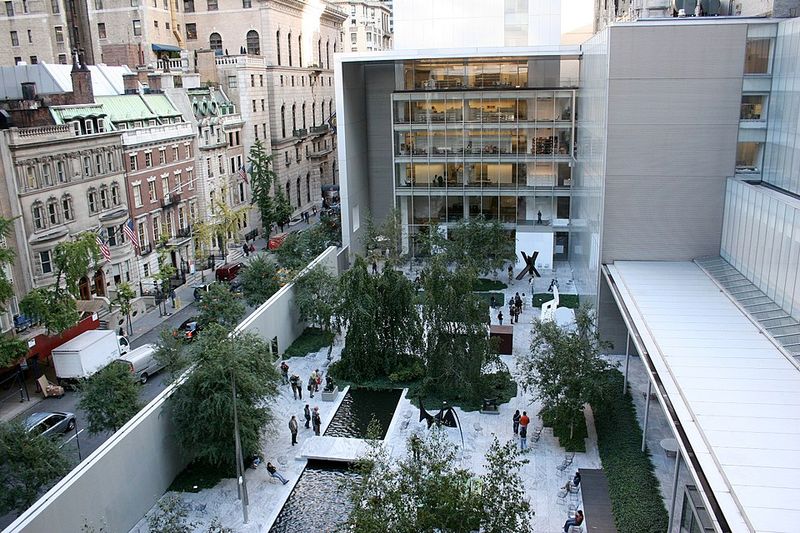
MoMA compresses a century of revolution into tightly focused galleries where icons hang within steps of each other. Walk from Picasso’s fractured faces to Van Gogh’s swirls to Pollock’s poured paint, tracing modern art’s shifts in a single glance. The layout is compact enough for direct comparisons, yet spacious enough to breathe with each work. Photography, design, and film sit alongside painting, emphasizing how modern life splinters across media. Expect memorable encounters rather than marathon viewing; MoMA’s strength is clarity. You’ll leave with a sharper sense of how artists reinvented color, line, and perception in the last hundred years.
Solomon R. Guggenheim Museum, New York City
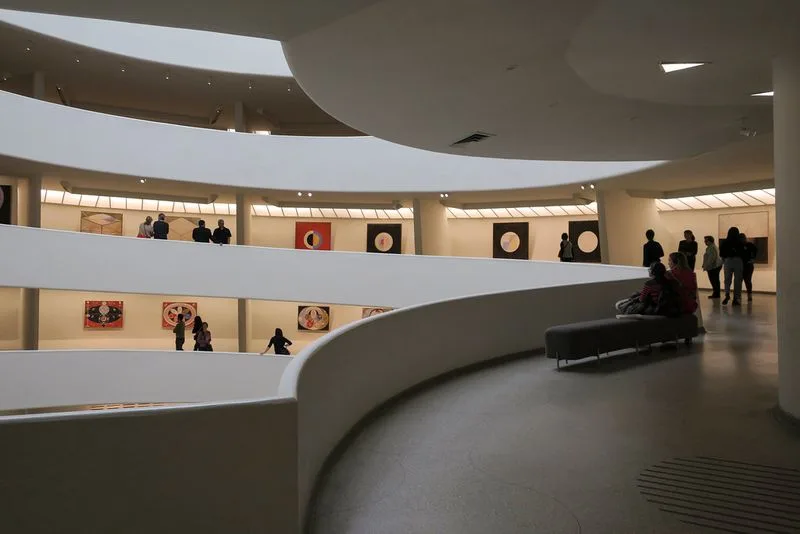
At the Guggenheim, the building turns looking into motion. Frank Lloyd Wright’s white spiral ramps guide you along a continuous path, so artworks unfold in sequence rather than in separate rooms. As you descend, a single painting reveals different angles and distances—an evolving conversation between body and canvas. The rotunda’s skylight floods everything with soft, shifting light, making architecture part of the show. Exhibitions often use the spiral to pace themes, giving rhythm to your attention. It’s less a set of galleries and more a vertical procession that teaches you to see slowly, step by step, level by level.
Art Institute of Chicago
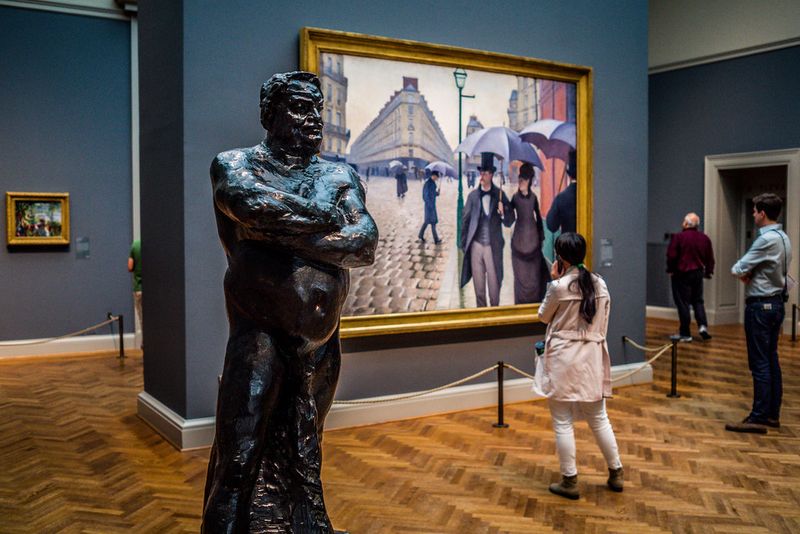
The Art Institute pairs breadth with stillness, offering rooms that invite you to stop and look. You can stand with Seurat’s pointillist Sunday afternoon, tracking color dots coalescing into form, then switch to Hopper’s urban hush without moving far. Impressionist galleries glow with natural light; American painting and decorative arts extend the story thoughtfully. Scale matters here: some spaces are grand, others intimate, including single-work rooms that reward patient viewing. Don’t miss the Thorne Miniature Rooms—tiny worlds crafted with astonishing detail. It’s a museum that cultivates attention, framing masterpieces to encourage quiet, deliberate encounters with light and surface.
The Barnes Foundation, Philadelphia

The Barnes upends typical museum order by hanging paintings in dense, intentional ensembles with metalwork, furniture, and ceramics. Instead of chronology, you get visual problems: echoes of line, color, and shape across works by Renoir, Cézanne, Matisse, and more. Each wall is a composition, pushing you to compare diagonals, rhythms, and negative space. Familiar paintings feel newly alive when read against neighbors. The effect is intimate and rigorous, like stepping into a classroom designed for seeing. You’ll leave with sharpened eyes, trained to notice structure over labels, and a renewed appreciation for how arrangement can transform interpretation.
National Gallery of Art, Washington, D.C.
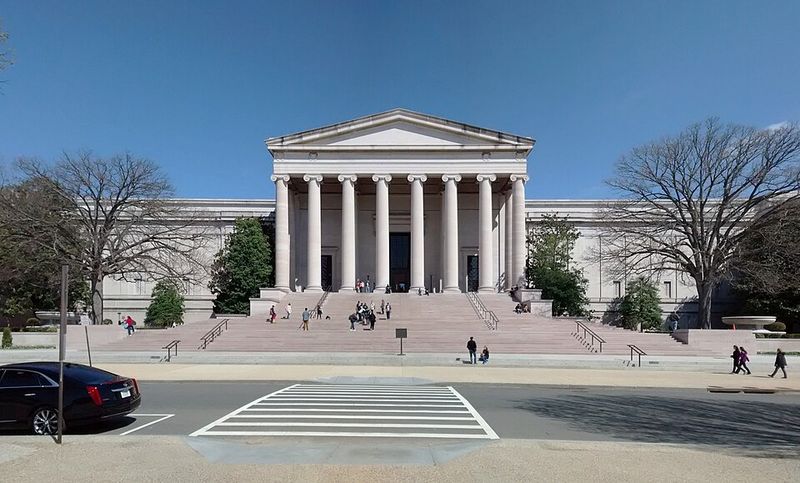
Two buildings and a garden frame centuries of art at the National Gallery. The classical West Building houses Old Masters and serene galleries suited to long looks; the modernist East Building opens into bold geometry and contemporary dialogues. Step outside to the Sculpture Garden, where scale and weather reshape viewing. Moving between wings creates a conversation across time—brushwork, materials, and ideas answering each other. It’s easy to plot a day that spans Renaissance panels to abstract canvases without museum fatigue. The museum’s clarity of organization and generous public spaces make discovery feel effortless and expansive.
The Phillips Collection, Washington, D.C.
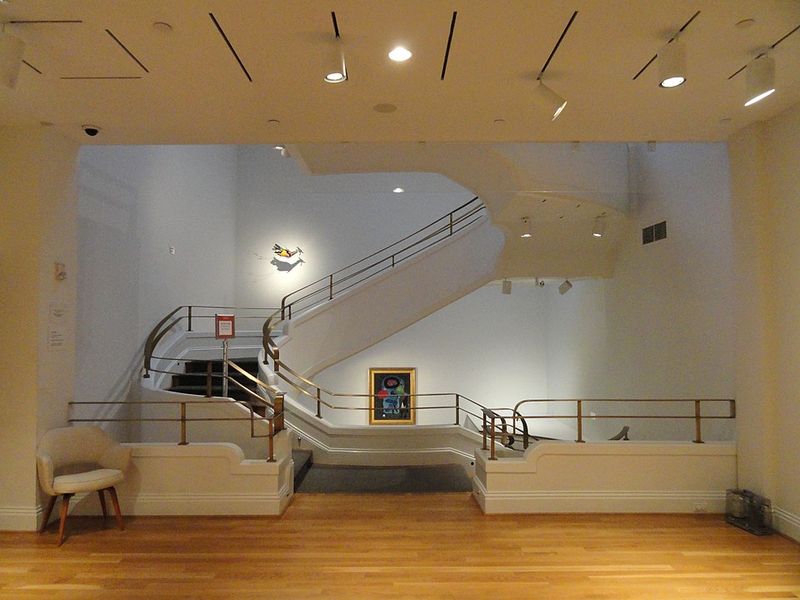
The Phillips feels like visiting a thoughtful friend’s home—small rooms, soft light, and carefully chosen works. Masterpieces by Bonnard, O’Keeffe, and others appear at close range, emphasizing color harmonies and brushwork. The renowned Rothko Room distills the experience: sit quietly and watch shifting tones marshal your attention inward. Its scale favors meditation over spectacle, inviting you to slow down and let paintings breathe. Because galleries are intimate, you notice how frames, wall tone, and spacing shape perception. It’s a museum for lingering, where proximity turns looking into a personal, almost conversational exchange with the art.
Getty Center, Los Angeles

The Getty marries art, architecture, and landscape on a hilltop with sweeping views over Los Angeles. Richard Meier’s travertine pavilions connect by terraces and gardens, so moving between European paintings and decorative arts becomes an outdoor experience. Light is a co-curator here, shifting across galleries and courtyards throughout the day. The Central Garden’s winding paths reset the eye before the next gallery run. Inside, luminous rooms present works with clarity; outside, skyline and sea air expand the visit. It’s a museum where design and setting shape memory as strongly as any single canvas or sculpture.
San Francisco Museum of Modern Art (SFMOMA)
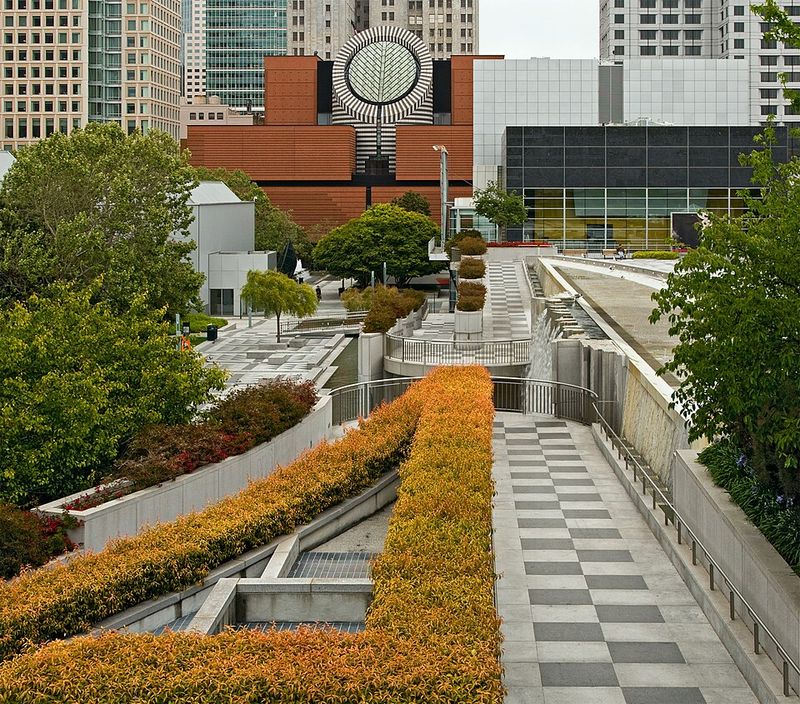
SFMOMA’s vast, bright galleries give modern and contemporary art room to breathe. The vertical atrium and terraces break up long runs with fresh air and city views, while design, photography, and media sit alongside painting and sculpture. Exhibitions often foreground living artists, making the museum feel current and conversational. You can move from a monumental installation to a suite of photographs without losing narrative thread. Emphasis on film and immersive works keeps attention alert and mobile. It’s a place to sense where art is going now, with architecture that supports bold scale and experimental practice.

